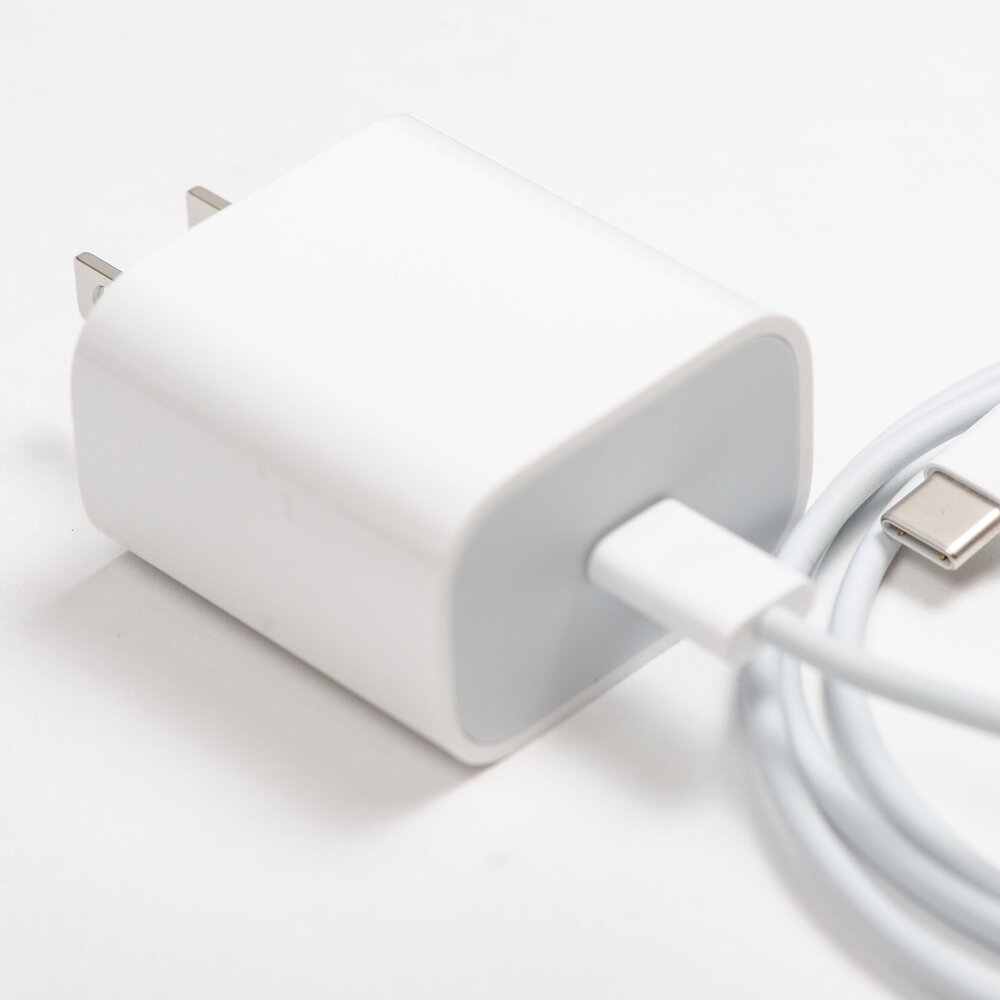How Battery Chargers Work
Understanding how chargers work not only helps you choose the right one for your needs but also verifies safe, efficient, and long-lasting battery performance.
In today’s connected world, battery chargers are everywhere—from car garages to phone charging stations. Whether you’re charging a car battery, a power tool, or your phone, the process follows the exact fundamental science. Understanding how chargers work not only helps you choose the right one for your needs but also verifies safe, efficient, and long-lasting battery performance.
A charger is more than a simple plug-in device. It’s a precision instrument that restores energy to a rechargeable battery by controlling voltage, current, and time. When properly designed and used, it can extend the life of your batteries, prevent damage, and keep your devices running reliably.
What Is a Battery Charger?
A battery charger is a device that offers electrical current to recharge a depleted battery. In simple terms, it pushes energy back into the battery, reversing the discharge process that occurs when a device is in use. Most chargers operate by feeding direct current (DC) into the battery to restore its stored energy.
Whether used in homes, workshops, or automotive service centers, a quality charger is essential for maintaining batteries in everything from smartphones and cordless drills to boats and electric vehicles.
How Does a Battery Charger Work?
The process starts when the charger draws alternating current (AC) from a wall outlet and converts it into direct current (DC), which batteries require. The conversion is achieved through internal circuitry that regulates and stabilizes the output. Once converted, the DC flows into the battery, reversing the chemical reaction that happened during discharge.
To Make it Simpler:
• AC to DC conversion – Wall outlets supply AC, but batteries need DC. The charger includes rectifiers and regulators to handle this conversion.
• Voltage regulation – The charger adjusts its output voltage to match the battery’s requirements.
• Controlled charging – The charger sends current in a controlled manner to prevent overheating, overcharging, or undercharging.
In professional environments, advanced chargers use microprocessor-based control systems that monitor voltage, temperature, and charge cycles for precision and safety.
Battery Charger Working Principle
Every battery charger operates under one key principle: controlled energy transfer. By carefully managing how electricity flows into a battery, the charger prevents stress and damage.
Most modern chargers operate in stages:
• Constant current – The charger supplies a steady current until the battery reaches a specific voltage.
• Constant voltage – Once that threshold is met, the charger holds the voltage constant while reducing the current.
• Maintenance or float mode – When fully charged, the charger provides minimal current to maintain charge without overloading the battery.
This method, often called the Constant Current/Constant Voltage (CC/CV) approach, secures both safety and efficiency.
Some chargers also use pulse or taper charging, where short bursts of energy are delivered to minimize heat buildup. High-end models may include adaptive charging algorithms that automatically adjust for different battery chemistries.
Function of a Charger:
The function of a charger goes beyond simply refilling power. It’s designed to protect the battery, maximize its capacity, and offer reliability. The main roles include:
• Restoring charge – Replenishing depleted energy.
• Optimizing efficiency – Regulating voltage and current for consistent performance.
• Preventing overcharging – Automatically stopping or reducing output once full capacity is reached.
• Maintaining readiness – Some chargers keep a stored battery in peak condition for immediate use.
Types of Battery Chargers
The range of chargers available today varies widely depending on application, technology, and sophistication.
Simple chargers – Basic models provide a fixed current and require manual monitoring. These are often used for smaller batteries or backup units.
Smart or automatic chargers – These use sensors and microprocessors to detect when a battery is full, then adjust or stop the charge automatically. This prevents overcharging and extends battery life.
Trickle chargers – Designed to deliver very low current over long periods. They’re ideal for seasonal equipment like boats or lawnmowers, ensuring the battery stays charged during storage.
Fast chargers – Equipped with control circuitry that accelerates the charging process while keeping heat and stress within safe limits.
Car battery chargers – Specifically built for automotive batteries, converting household AC power into 12V DC. Many include safety features like reverse-polarity protection and trickle-charge modes.
How Do Automatic Battery Chargers Work?
Automatic battery chargers combine sensors and processors to make charging almost effortless. The system reads the battery’s voltage, temperature, and charge state, then delivers current accordingly.
When the battery nears full capacity, the charger automatically lowers output or shifts to maintenance mode. This prevents overheating, gas buildup, and premature aging—common problems in older or cheaper chargers.
Modern automatic chargers can also detect faults, such as sulfated or damaged batteries, and alert the user before charging begins. For professionals, these intelligent chargers are essential tools that combine precision, convenience, and safety.
Battery Charger Technology in Professional Applications
In professional electrical services, advanced battery chargers are used not only to recharge but also to analyze performance. Electricians and maintenance technicians rely on these devices to test system reliability, especially in emergency backup power and renewable energy systems.
A charger that helps batteries doesn’t just restore energy—it maintains the performance of backup systems in critical settings like hospitals, telecom sites, and data centers. For automotive and industrial use, high-capacity battery chargers help reduce downtime by ensuring equipment starts and operates reliably every time.
How to Use a Battery Charger
Using a battery charger properly guarantees both safety and performance. While homeowners often rely on built-in smart charging systems, professionals follow a structured approach:
Check compatibility: Match the charger’s voltage and chemistry with the battery type.
Inspect condition: Look for corrosion or damage on terminals and cables.
Connect the charger: Attach positive to positive and negative to ground or the negative terminal.
Select charging mode: Choose standard, fast, or maintenance mode if available.
Begin charging: Plug in and power on the charger.
Monitor progress: Observe indicators or gauges to track charge status.
Disconnect safely: Once complete, turn off the charger and remove the clamps carefully.
Following these steps helps prevent short circuits, sparks, or accidental damage.
Car Battery Chargers
Car battery chargers are designed to recharge 12V lead-acid or AGM batteries used in vehicles. They often feature microprocessor-controlled charging, making sure that batteries receive the correct voltage and current. Many include maintenance functions that automatically keep a vehicle battery charged over time, which is ideal for cars in storage.
For professional automotive electricians, portable diagnostic chargers also double as testing equipment, identifying failing batteries or alternator issues before a breakdown occurs.
Safety and Best Practices
Battery charging, when handled properly, is safe and efficient. However, improper use can create hazards. Professional technicians adhere to several key guidelines:
• Always verify voltage and chemistry compatibility between charger and battery.
• Avoid overcharging—use automatic or smart chargers that shut off when the job is done.
• Keep chargers dry and away from flammable materials.
• Charge in well-ventilated spaces to prevent gas buildup.
• Regularly inspect cables, clamps, and casings for wear or damage.
Following these best practices extends both charger and battery lifespan while reducing safety risks.
When To Replace or Upgrade Chargers
Like any electrical equipment, chargers eventually wear out. Signs it’s time for a replacement include:
• Excessive heat during use.
• Frayed wires or cracked housings.
• Inconsistent charging or failure to maintain a charge.
• Outdated models that lack modern safety features.
Professional electricians can test charger performance and recommend models that best fit your needs, whether for residential use or commercial applications.
Key Takeaways: Maintaining Power With Professional Expertise
• A battery charger converts AC to DC to replenish a depleted battery safely.
• Smart and automatic chargers optimize voltage and prevent overcharging.
• Using the right charger for the right battery improves safety and efficiency.
• Professional-grade chargers offer better protection, precision, and reliability.
• Regular inspection and timely replacement extend both battery and charger life.
FAQs
How does a charger work?
A charger converts AC from a wall outlet into DC energy, which reverses the battery’s discharge process and restores its stored power.
What is a battery charger?
It’s a device that recharges batteries by supplying controlled current and voltage, designed for safety and efficiency.
How does a battery charger work for cars?
Car chargers convert 120V AC power into 12V DC suitable for automotive batteries, often with smart features to prevent overcharging.
Can any charger be used for any battery?
No. Voltage, chemistry, and capacity must match. Using the incorrect charger can damage the battery or pose safety risks.
What is the best way to charge a battery safely?
Use a compatible smart charger, ensure proper ventilation, and avoid overcharging.
Do professional electricians provide charger installation or testing?
Yes. Professionals can test charging systems, repair terminals, and install heavy-duty chargers in residential or commercial settings.
How do chargers help batteries last longer?
By providing steady, regulated power, chargers minimize stress on battery cells, extending their lifespan.
Are there different types of battery chargers?
Yes. Options include simple, trickle, smart, fast, and automotive chargers, each serving unique needs.
What happens if I overcharge a battery?
Overcharging causes overheating and internal damage, reducing the battery’s capacity or leading to failure.
Where can I find professional assistance for charger installation and maintenance?
Contact your local licensed electrician or electrical service company. They can install, inspect, and maintain professional battery charging systems safely.
Trust Kennedy Electric for expert hot tub electrical, exhaust fan installation, ceiling fan installation, whole-house electrical surge protection, GFCI outlet installation, and other residential electrical services in Citrus, Hernando, and Pasco Counties. Book a service by calling us at 352-799-3434.


